Narita Cheah is the Co-Founder and Director of workplace interior design collective Paperspace, and a keen proponent of shared design expertise for today’s increasingly diverse office spaces.

February 22nd, 2019
At a time when office interiors are becoming more programmatically diverse, it makes sense to tap on the skills and approaches of other design sectors. That was Narita Cheah’s line of thought when she established design collective Paperspace in Singapore with Sombat Ngamschlermsak in 2016.
Cheah had previously worked with firms such as Gensler, Space Matrix and DB&B in Singapore. In between these posts, she experimented with a model for collaborative partnership delivery for interior consultancy and design-and-build services. That was the precursor to Paperspace, which operates from its own coworking space, Paperwork, within the National Design Centre.
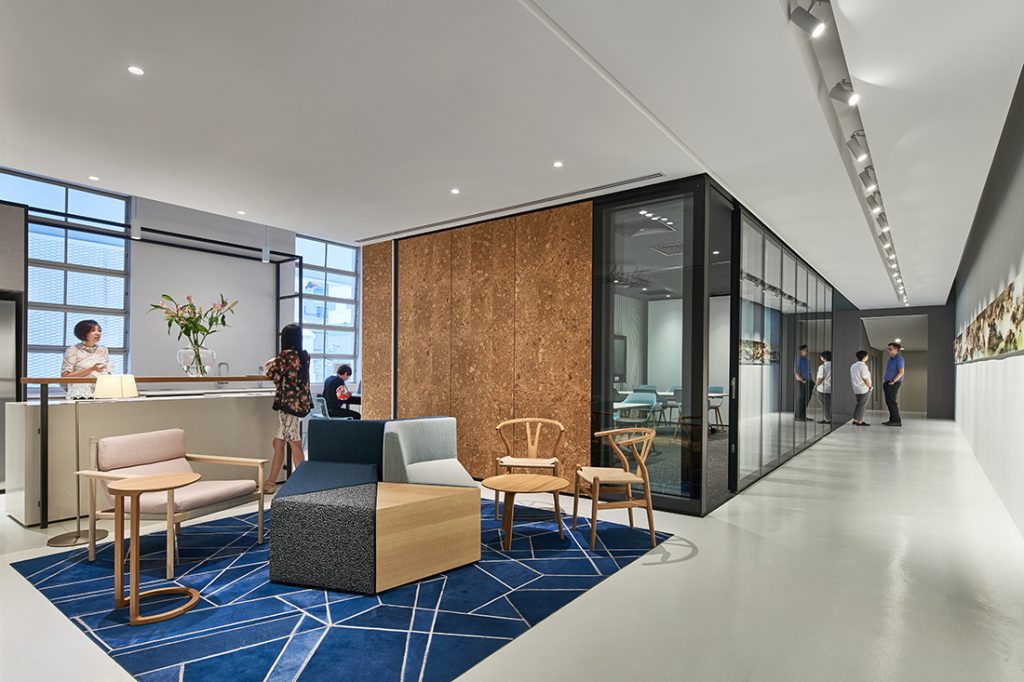
Paperwork Singapore at NDC
The Singapore launch in 2016 was quickly followed by Bangkok in the same year and Manila in 2017, and today Paperspace has a collective of 140 consultants and designers across its three Paperwork locations. The approach is to fit the most appropriate collective member to each project for an optimal project outcome. Members have expertise in workplace, hospitality, F&B, retail, entertainment, project management and change management.
The launch of Paperwork Singapore:

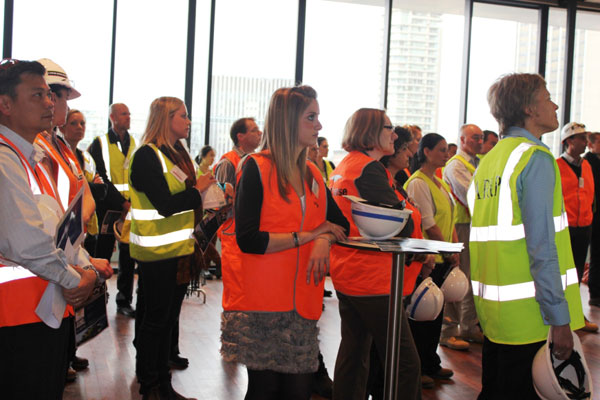

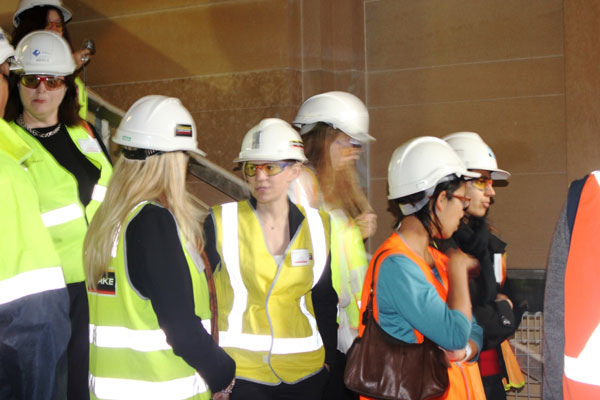
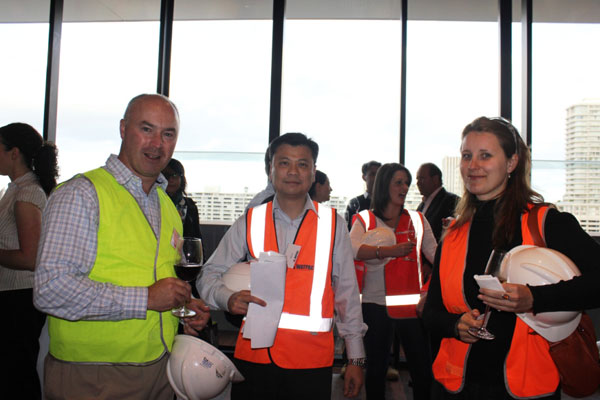
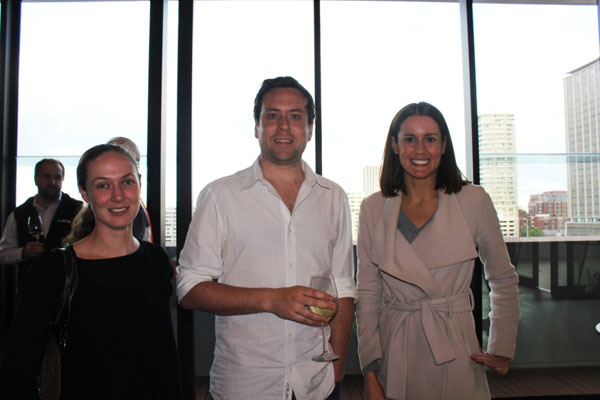




The collective in Singapore includes individuals from Paperspace, Graphite Studio, m.lab project, Studio of Design, Kelvin and Frank Reid, Independent Consultants, Valternative, Stoked and Grey Canopy; in Bangkok, individuals from Paperspace, Studio Grasshopper, Collective Studio, Amable, Design Forward, Time & Architecture Design Studio, Decign Dept, IDEE Architects, 931am Studio and Spaceshift; and in Manila, individuals from Paperspace, Mundo Design, Lourel Development Corp, Atelier Noir and Alcove Design.
Clients to date have included Transferwise, Facebook, Group M, Thailand Development Research Institute Foundation, Skyrocket, Philip Morris and Norton Rose Fulbright.
View one of Paperspace’s completed projects, Transferwise (designed with Studio of Design) here:
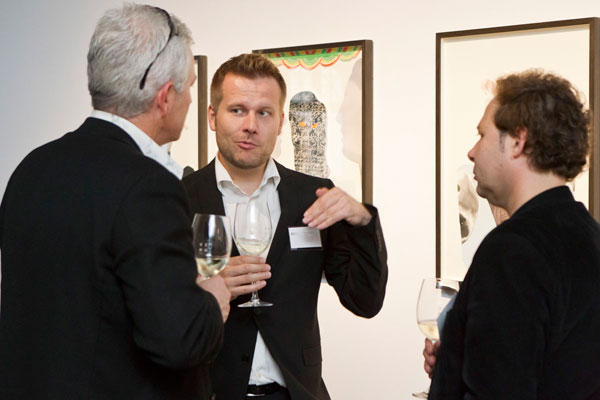



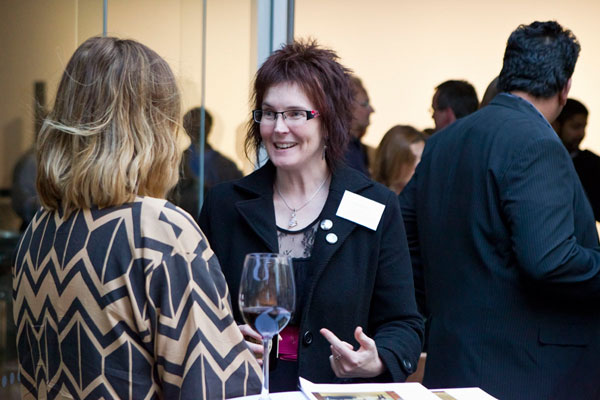
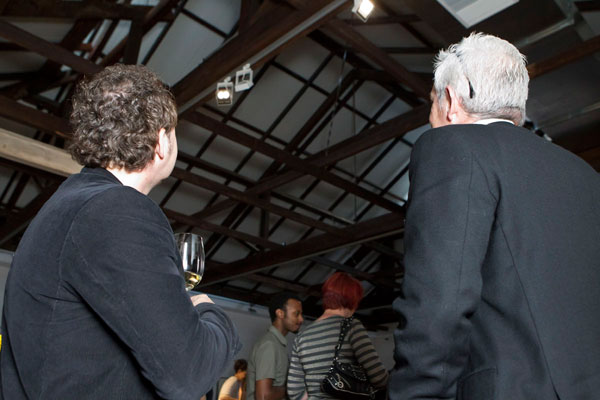
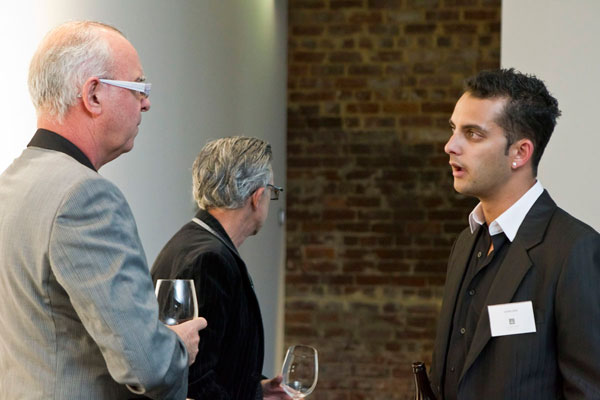
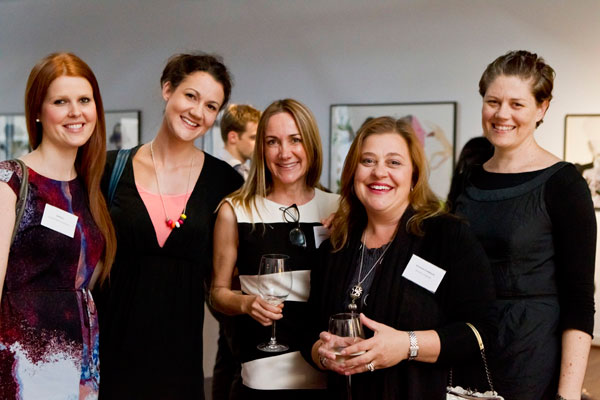
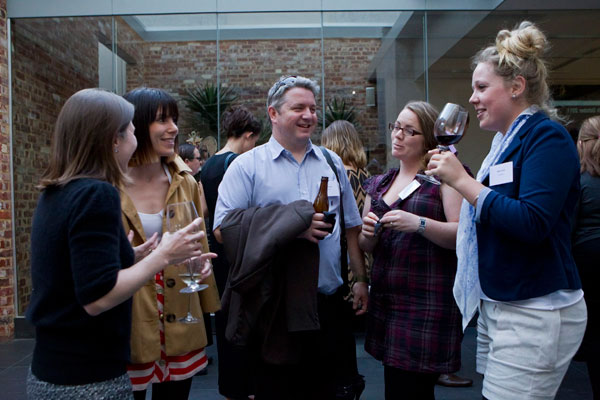
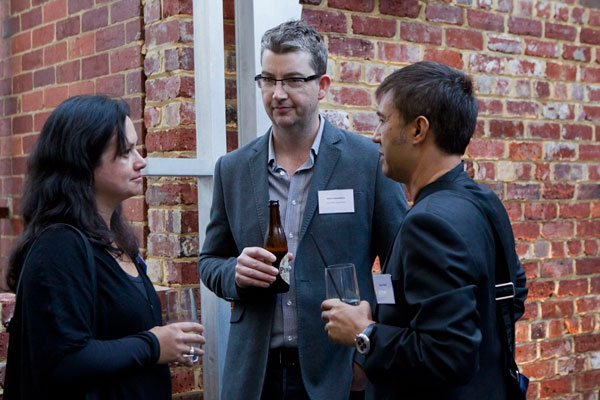
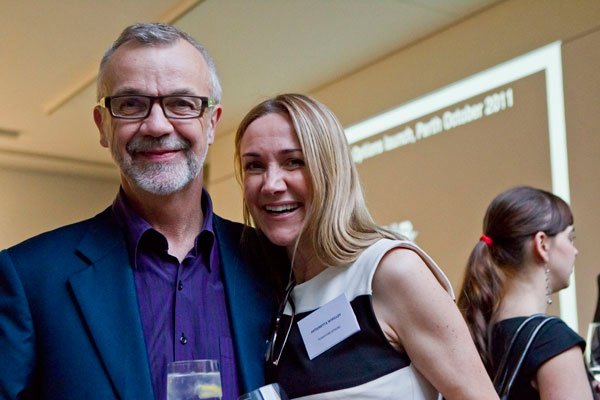

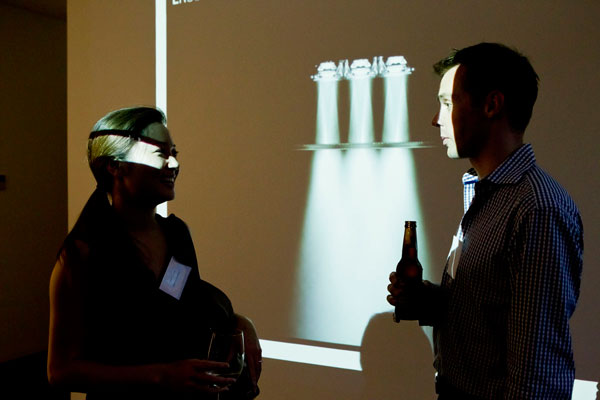
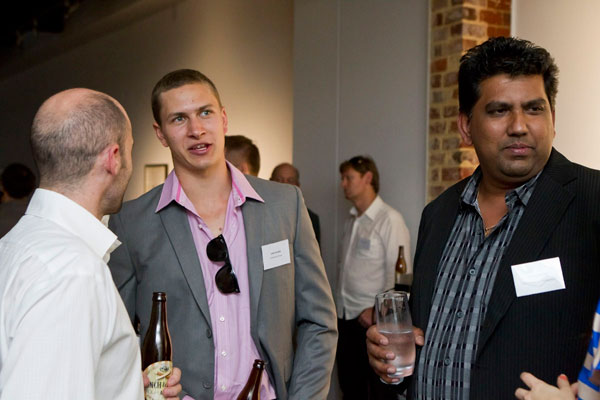
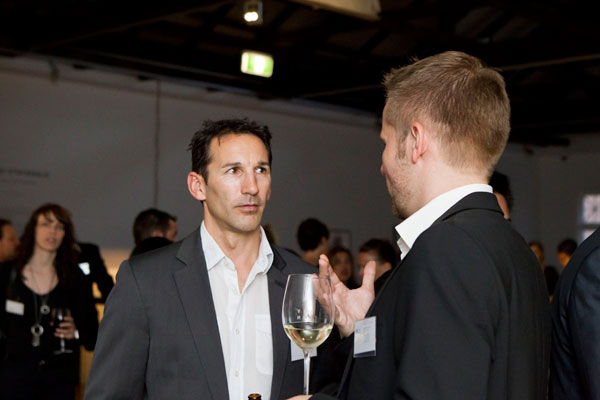
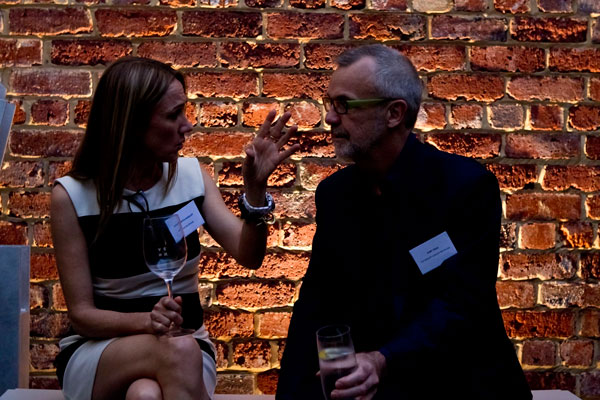

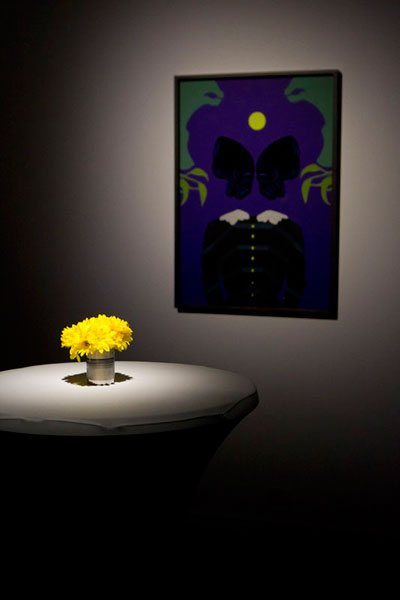
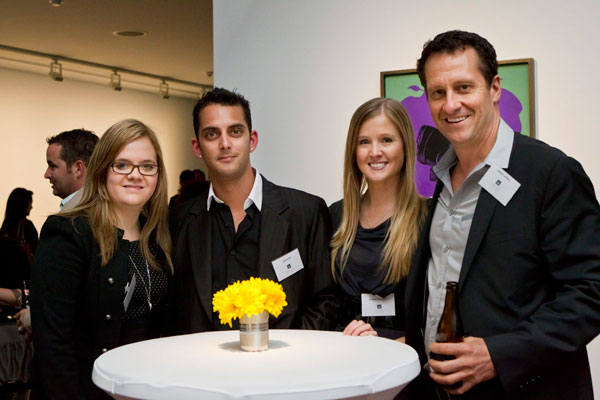
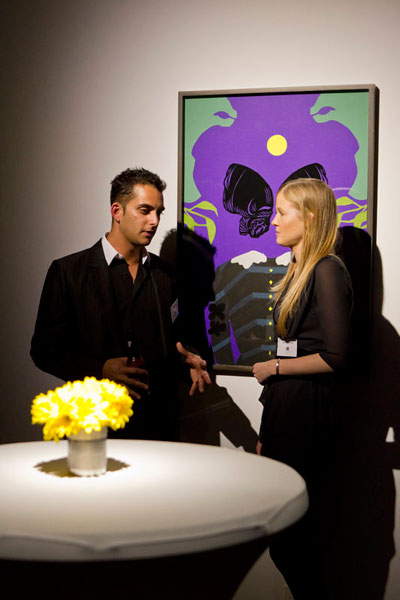
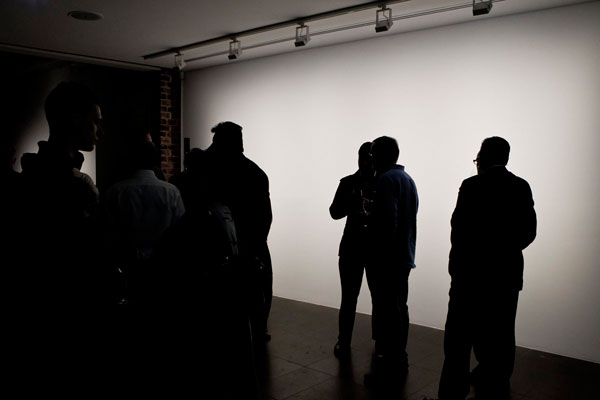
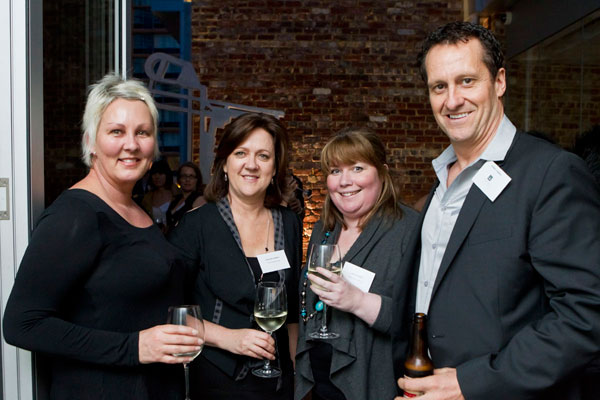

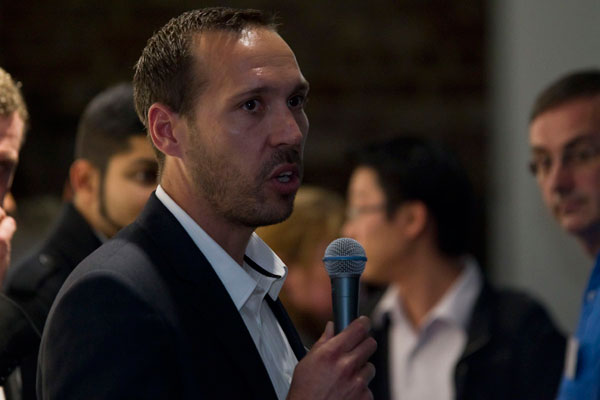
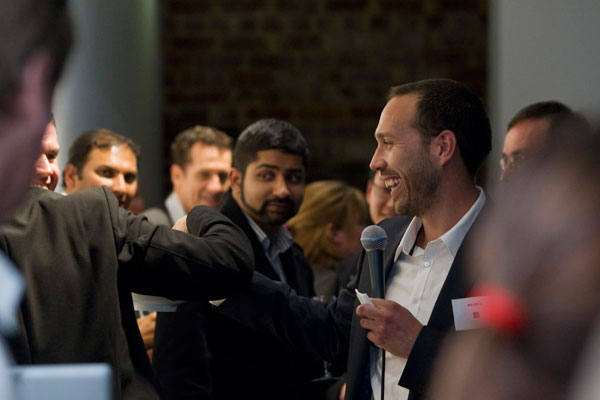

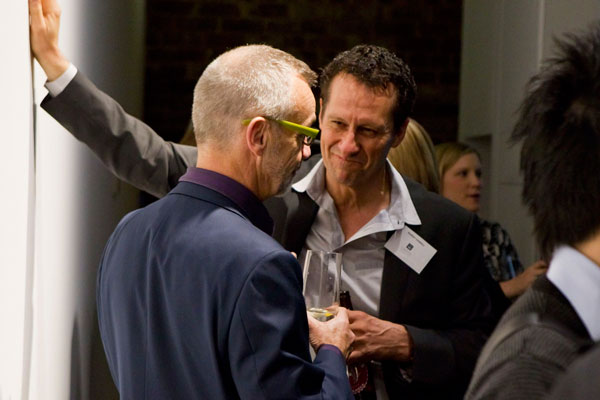
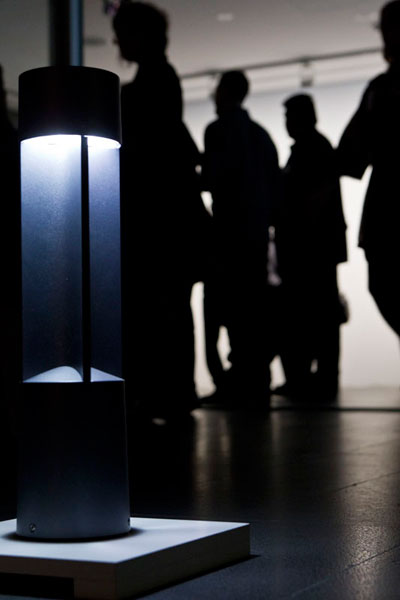
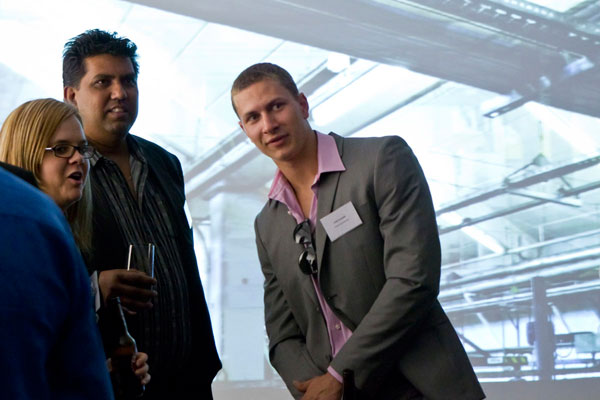
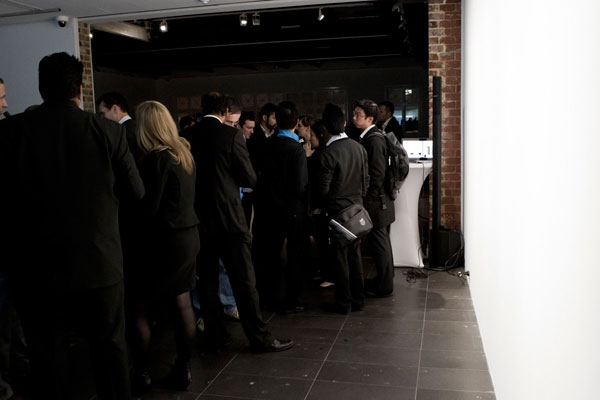
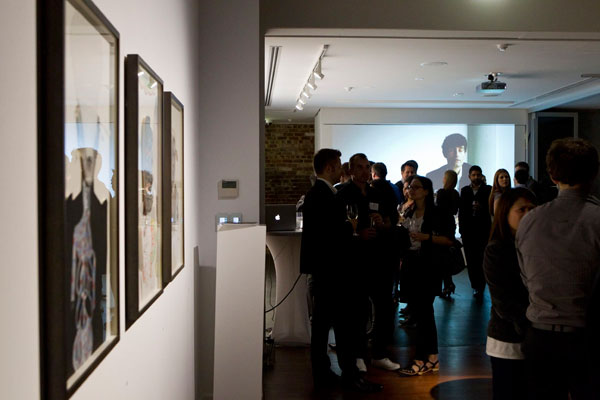
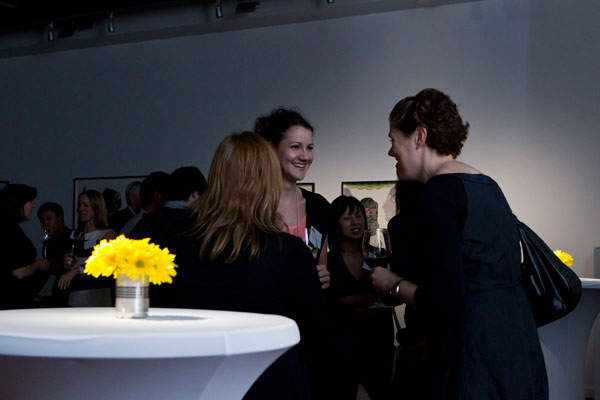
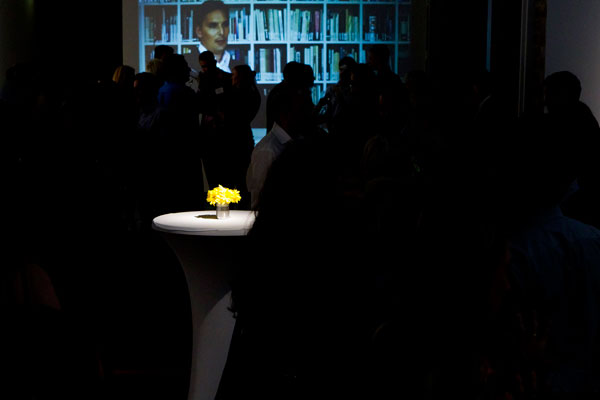
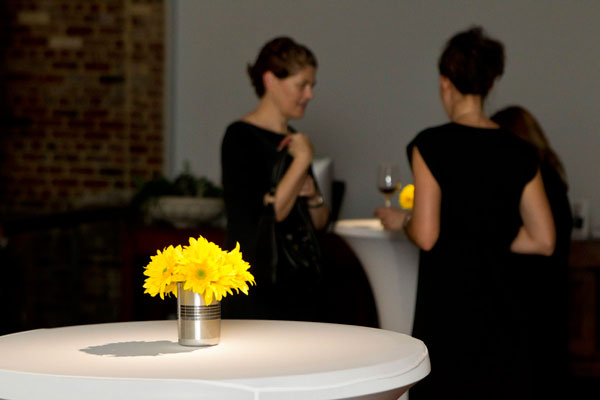
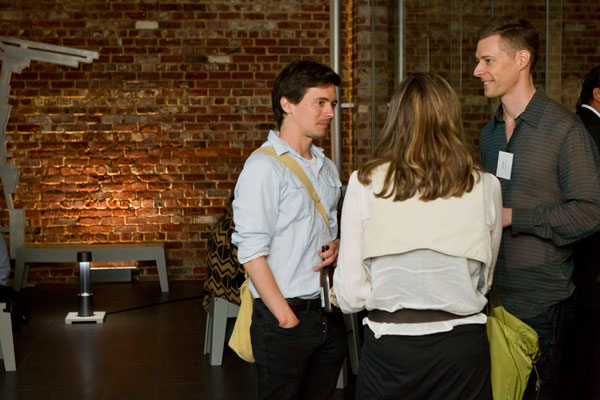
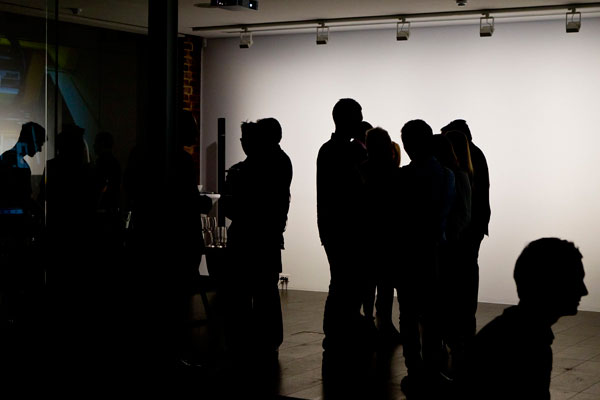
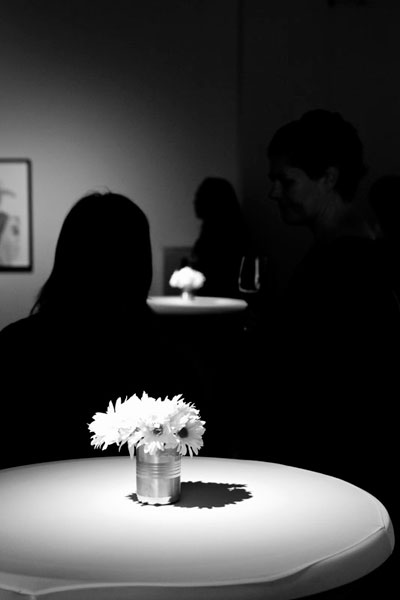
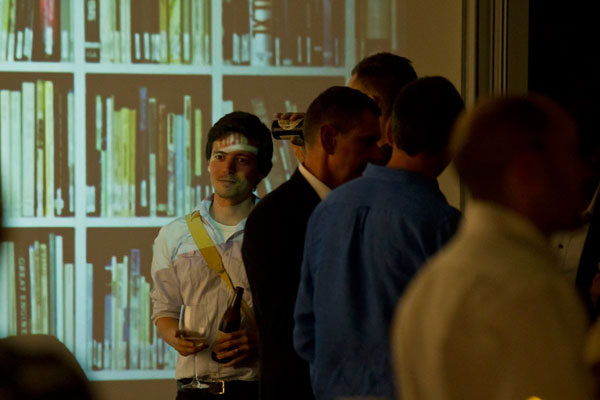
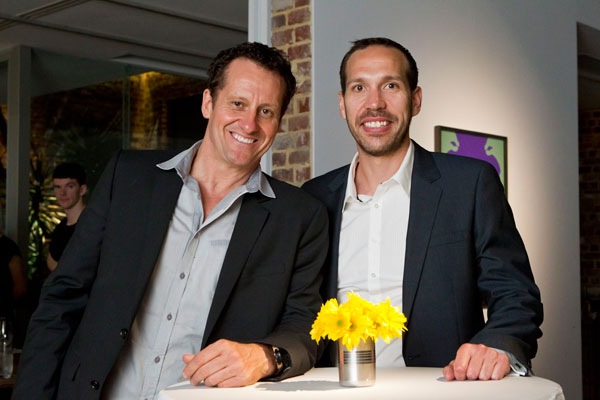

We quizzed Cheah on the inner workings of the Paperspace model of practice.
Narita Cheah: After leaving the corporate scene back in 2010, I established my first startup, Think Inside Out, which deployed a similar working model as Paperspace – assembling the best team for the project based on relevant skill sets. The projects were successful because each person brought their core strength and value to the project and relied on other parties to support their weakest link (skill).
The experience of spending our time doing what we love was liberating and the diversity in skill sets enabled each project to be different (and better).
The notion of ‘live, work and play’ has been associated with sense of place. However the rise technology enabling agile working and demands for more autonomous lives have created demands for blended environments, for example, F&B spaces within the workplace, and work environments within living spaces. To successfully integrate these varied spaces requires different expertise and points of view to achieve optimum results. The creation of something new and different requires constant mindset shifts, which can be difficult within traditional practices.
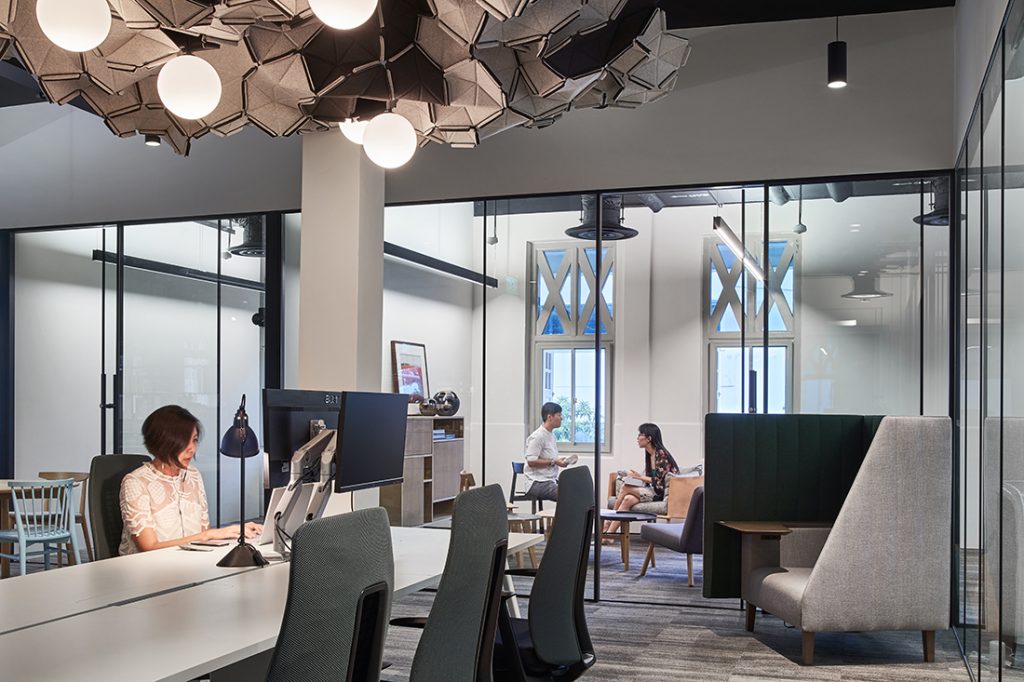
Paperwork Singapore
Narita Cheah: We developed a membership and collective framework with our legal advisor that defines practice and financial obligations to Paperspace and our respective clients.
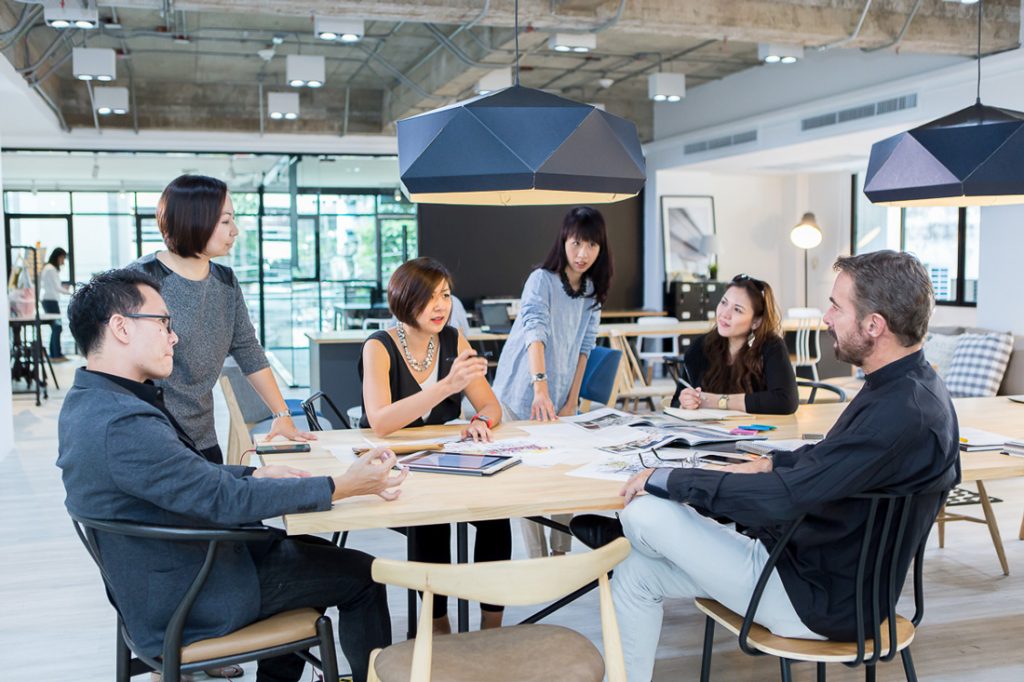
Paperwork Bangkok
Narita Cheah: The first criteria is to draw on the right expertise to lead the concept development, followed by a team that’s locally present to ensure we have boots on the ground to manage and control the final outcome of the project.
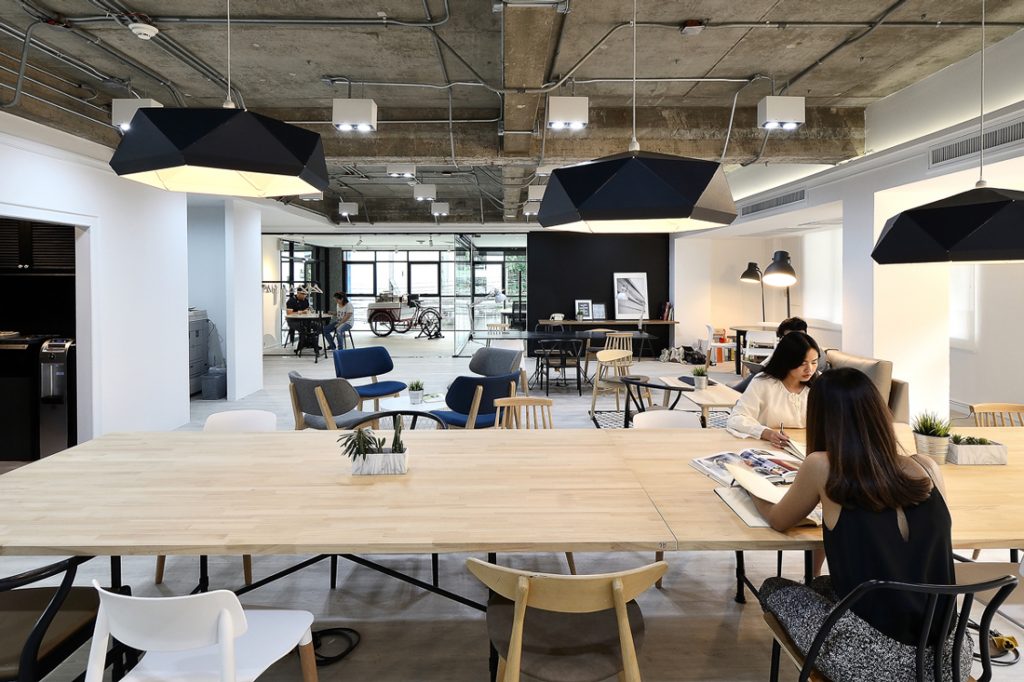
Paperwork Bangkok
Narita Cheah: Technology tools are key in supporting virtual collaboration. We work across a common cloud-sharing project folder for real-time updates and use internal collaboration tools to increase efficiency by significantly reducing email communication. Zoom, BlueJeans and Hangouts have become our natural state of real-time voice communication.
However, true collaboration cannot happen without physical communication. This was the main reason we invested in realising Paperwork, a co-creation space, to draw on a wider community of like-minded creatives.
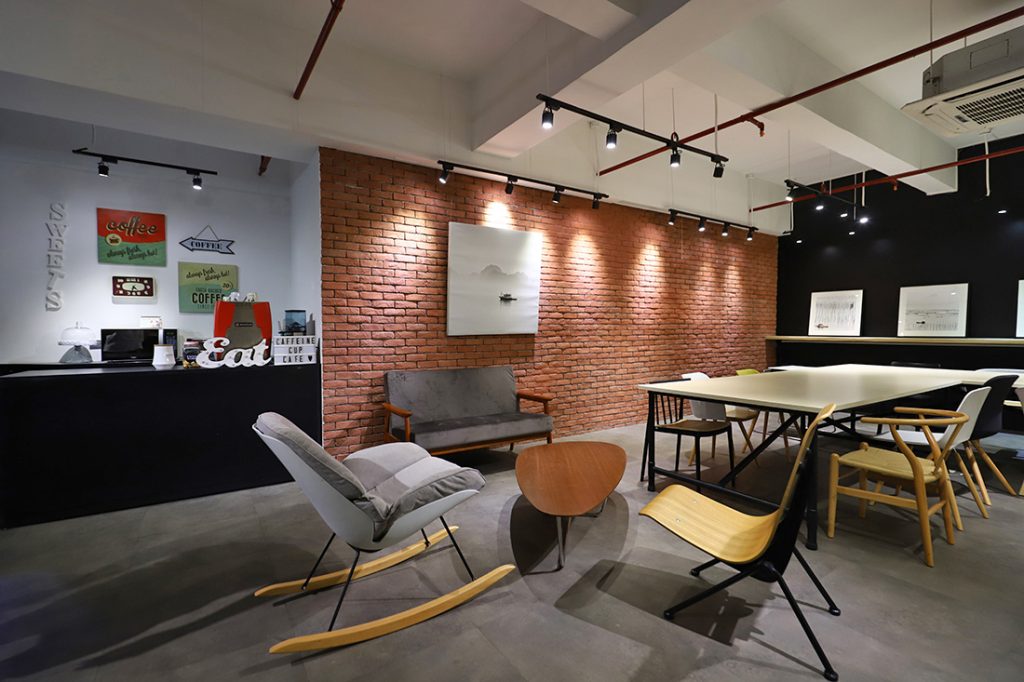
Paperwork Manila
Narita Cheah: For Paperspace collective members, this is the heart of our monthly meet-up sessions where we share on-going projects to draw inspiration and learn from each other. We share openly about on-going opportunities we are pursuing within the network. The goal is to team up to create stronger value propositions to our clients and share the benefits of working across diverse projects.
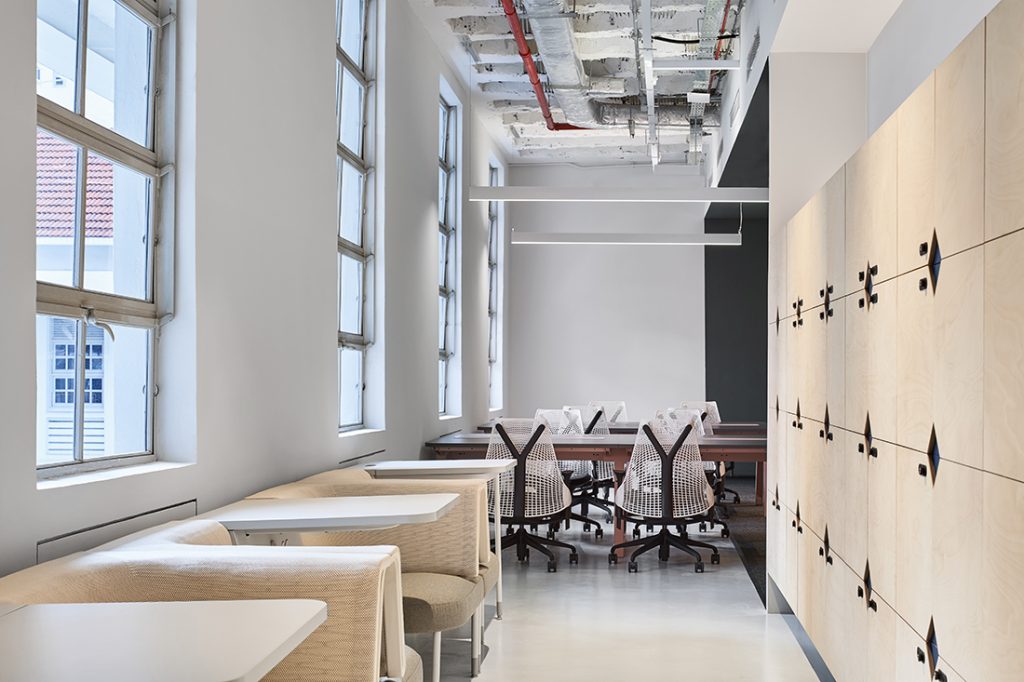
Paperwork Singapore
Narita Cheah: A big factor stems from trust and the right culture fit. Delivery capability is a given, but it’s key to have a group of people who understand and embrace new ways of thinking – gaining more by sharing.
A searchable and comprehensive guide for specifying leading products and their suppliers
Keep up to date with the latest and greatest from our industry BFF's!

In this candid interview, the culinary mastermind behind Singapore’s Nouri and Appetite talks about food as an act of human connection that transcends borders and accolades, the crucial role of technology in preserving its unifying power, and finding a kindred spirit in Gaggenau’s reverence for tradition and relentless pursuit of innovation.

XTRA celebrates the distinctive and unexpected work of Magis in their Singapore showroom.

With the exceptional 200 Series Fridge Freezer, Gaggenau once again transforms the simple, everyday act of food preservation into an extraordinary, creative and sensory experience, turning the kitchen space into an inspiring culinary atelier.

Coworking spaces continues to grow in line with demand in Australia. The hospitality-led coworking space, The Great Room, has recently launched its first Australian location in the heart of Sydney’s CBD.

Read this round-table discussion between Hassell and The Work Project in Singapore, about their vision for delivering co-working spaces to an increasingly competitive flexible workplace sector.
The internet never sleeps! Here's the stuff you might have missed

This chair makes flexible working easier than ever, thanks to intelligent engineering and human centred design.

Removing the need for a conventional water stop at the shower entry, the Stormtech 120SCS shower screen support drain is ideal for installation in these increasingly popular residential spaces.